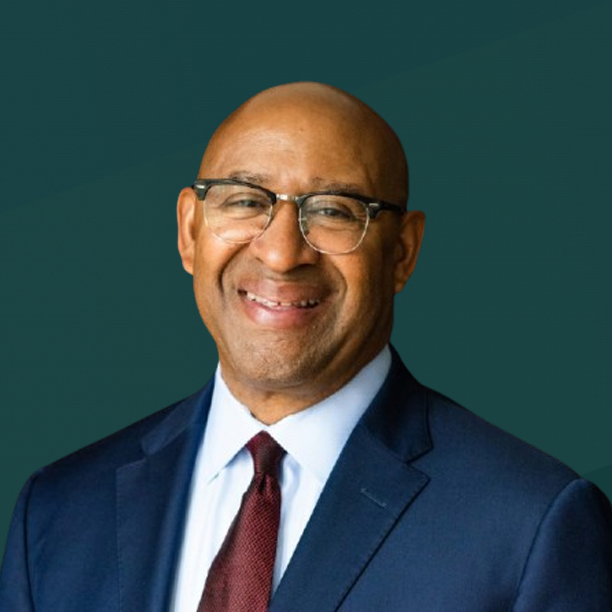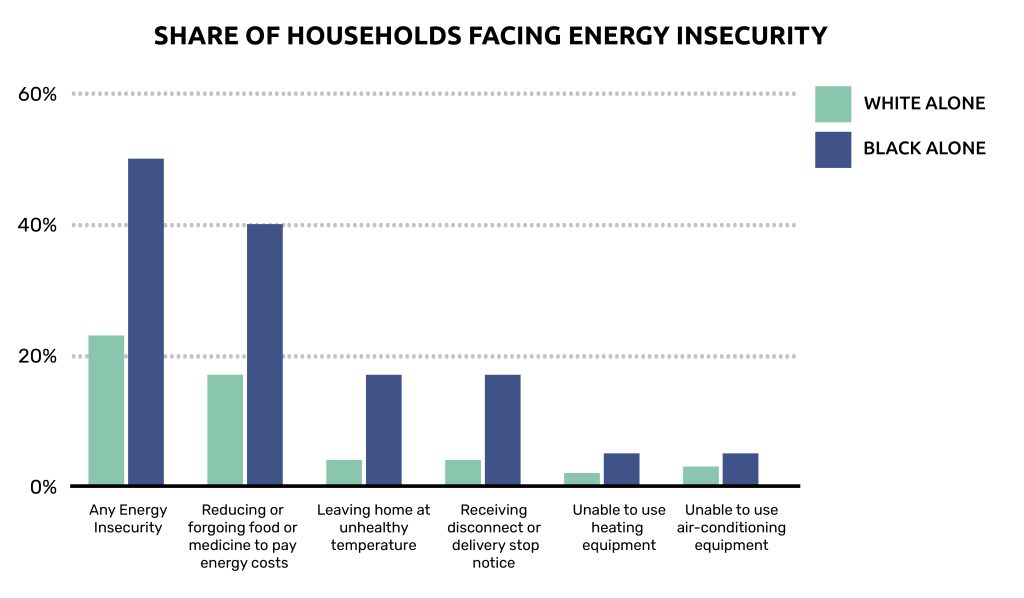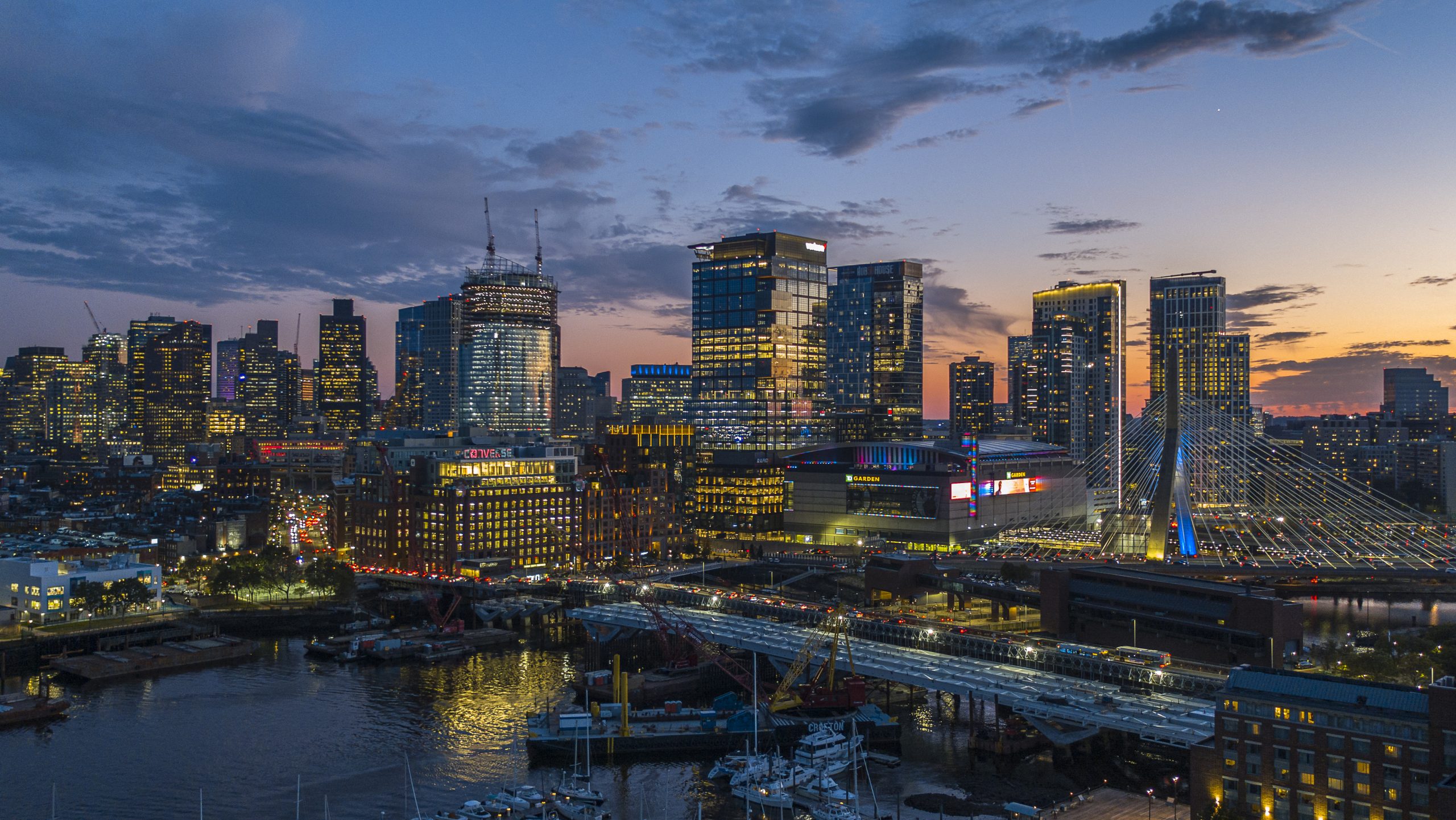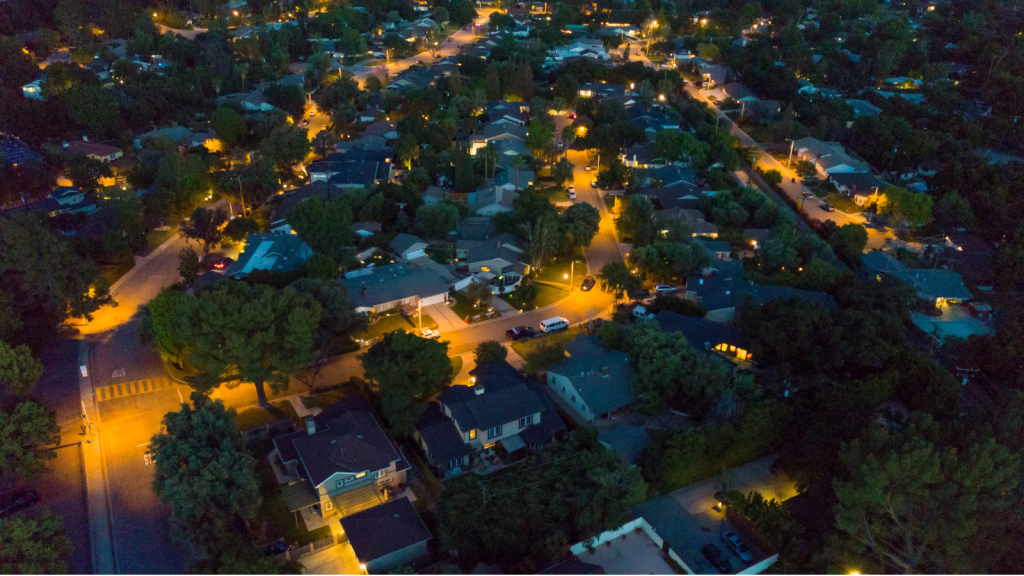Power Struggle: Why Energy Affordability Is the New Battleground for Environmental Justice
How Putting People First Can Bridge the Gap Between Clean Energy Ambitions and the Everyday Realities of America’s Vulnerable Communities

By: Michael Nutter, former Mayor of Philadelphia
When we talk about environmental justice in America, the conversation often drifts into big-picture debates about climate change, carbon emissions, and the pace of the clean energy transition. But for millions of families, especially in Black and Brown communities, environmental justice isn’t a future aspiration—it’s about whether they can keep the lights on tonight.
Imagine being a child and waking up in a home where your parents must decide between paying the utility bill and buying groceries. This situation isn’t a rare predicament.
The consequences are more than financial. When families fall behind on utility bills, the fallout can include cold nights, medical risks, and eviction. Children in these households are more likely to miss school, fall behind on homework due to lack of reliable internet, or suffer health problems as parents resort to unsafe heating methods.
The Policy Trap: When Good Intentions Backfire
It’s tempting for policymakers and activists to pursue sweeping goals—like banning all new fossil fuel projects or adding extra layers of approval for energy infrastructure to slow them down. But while possibly enacted for good reasons, these procedural hurdles can backfire on the very communities they aim to protect.

Caption: Map showing the painful reality that higher energy burdens directly correlate to districts with high black populations in Boston, courtesy of LEAD data.
Take Boston, for example. According to a recent Progressive Policy Institute (PPI) study, decades of underinvestment and political opposition to new natural gas pipelines and transmission lines have left New England heavily reliant on expensive imported liquefied natural gas (LNG). When global energy prices spike—as they did after Russia’s invasion of Ukraine—Boston is forced to burn dirtier, pricier fuels to keep the grid running.
The result? Energy bills increase, and the poorest neighborhoods, especially Black communities in the Roxbury and Dorchester area, are hit the hardest.
The Broader Pattern: A National Challenge
Across the United States, census data shows a tight link between neighborhoods with high Black and Brown populations and high energy burdens.
Energy costs in the US vary by geography, policy, and infrastructure, but Black and Brown families consistently spend a larger share of their income on energy. And because they spend a larger share of income on energy, these households experience energy insecurity at double the rate of white households.

Caption: Data from the latest RECS conducted in 2020 shows stark racial gaps in energy insecurity.
Moreover, the barrier to affordable, cleaner energy is reflective of historical underinvestment in low-income communities and other systemic inequities faced by minority populations in the US. In cities like Boston, the connection is clear: the higher the Black population in a neighborhood, the higher the energy burden.
A Better Way Forward: Pragmatism Over Partisanship
What’s the answer? The Progressive Policy Institute’s “Energy Costs Come First” report makes a strong case for putting affordability at the heart of environmental justice. For PPI, that means:
- Speeding up clean energy deployment by reforming permitting at all levels—making it easier to build not just solar and wind but also the transmission lines and natural gas infrastructure needed for a reliable, cleaner grid.
- Protecting and expanding support for low-income households through programs like LIHEAP (which helps with utility bills) and WAP (which funds home weatherization and efficiency upgrades).
- Creating local Community Energy Hubs to connect families, workers, and small businesses with information, incentives, and technical support—closing the knowledge gap that often keeps the benefits of new technologies out of reach for the most vulnerable.
- Embracing a balanced, technology-neutral energy strategy that will support an “energy mix” — including nuclear, wind, solar, geothermal, and natural gas. This advancement will help lower emissions while keeping energy affordable and reliable – especially for disadvantaged communities.
This proposition isn’t a call to abandon environmental ambition. It’s a call to sequence it wisely. If energy policy raises costs or undermines reliability, it will lose public support—the foundation needed for a lasting transition.

